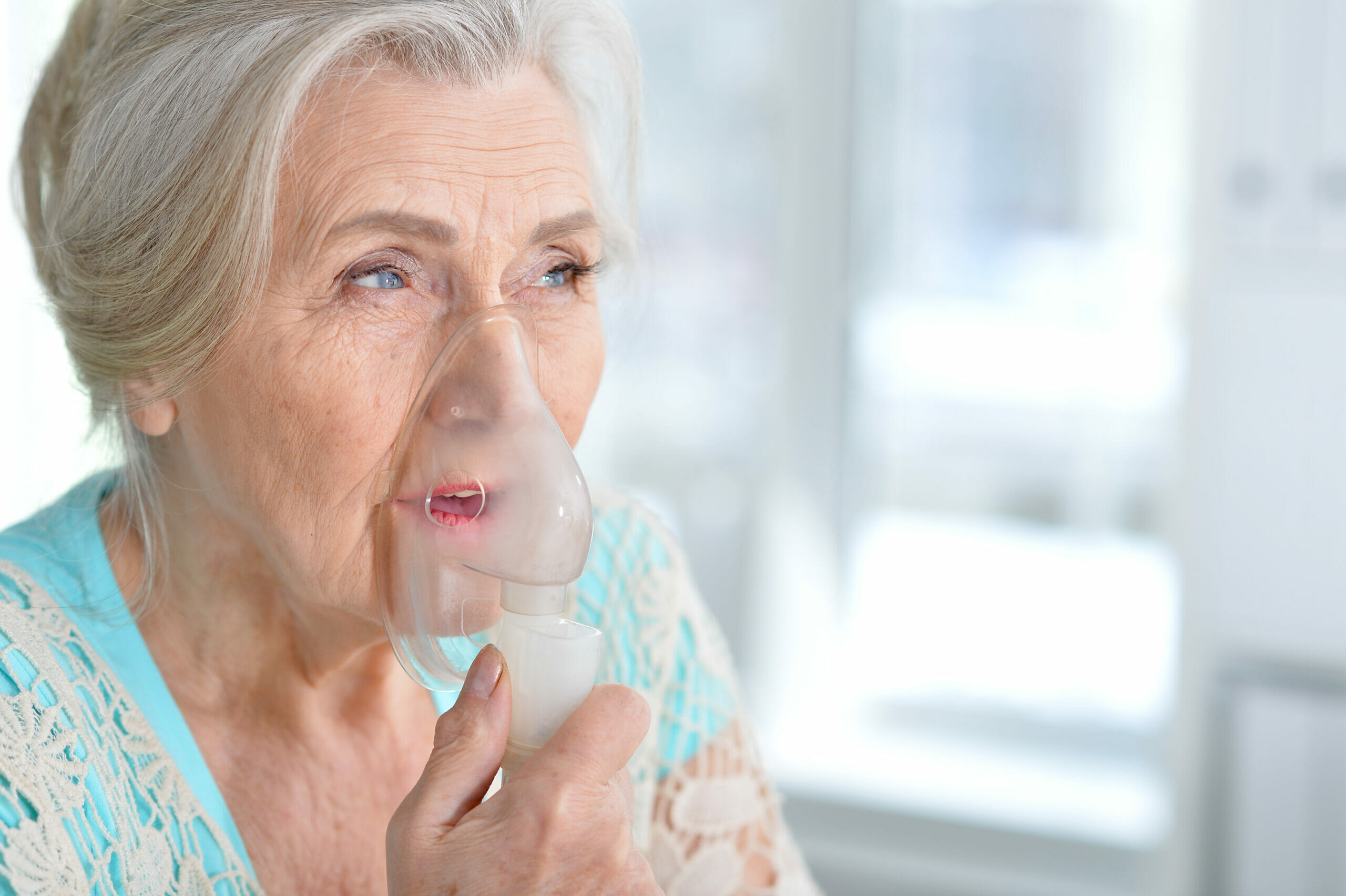Prescribing long-term oxygen therapy in patients with chronic lung disease, such as chronic obstructive pulmonary disease (COPD) and interstitial lung disease (ILD) is a shared decision-making process between the clinician and patient. This process can encourage patients to accept the American Thoracic Society (ATS) clinical practice guideline recommendation on home oxygen therapy as published by experts and patient representatives in 2020.1
This guideline, which recommends the course of action for long-term oxygen therapy, may impact mortality, and reduce health care costs in patients with lung disease. The annual cost for prescribing long-term oxygen is over $2.9 billion and rising by 12.5 percent each year for 1.5 million Americans.2
According to research studies, it is important to know that the effect of long-term oxygen therapy has variable impact on health-related quality of life, symptoms, and exercise capacity in adult patients with chronic lung disease.
The ATS guideline strongly recommends long-term oxygen therapy for adults with COPD who exhibit low blood oxygen (hypoxemia) of less than 88 percent saturation in resting room air oxygen for at least 15 hours per day.2 This practice has shown to reduce persistent hypoxemia and reduce mortality in patients with this condition.2 However, the use of home oxygen showed no improvement in mortality and health-related quality of life in patients with COPD that exhibit moderate hypoxemia or a resting room air oxygen saturation of 89-93 percent.2 Therefore, ATS does not recommend oxygen therapy for this patient population.
The guideline also recommends long-term oxygen therapy for patients with ILD that exhibit severe room air hypoxemia for at least 15 hours per day.2 ATS recommends ambulatory oxygen therapy for ILD patients that suffer from shortness of breath (exertional dyspnea) and hypoxemia.2 There are not sufficient research studies to demonstrate the effect of long-term oxygen therapy on mortality for adult patients in ILD.2 Thus, the expert panel has used the data and the clinical outcome conclusion from COPD research studies to recommend long-term oxygen therapy in adult ILD patients.2 The data analysis in ILD suggests that this therapy has a potential impact in mortality, prevention of pulmonary hypertension and improvement of symptoms and health-related quality of life.2 Therefore, with ILD, oxygen therapy should be continuously measured and adjusted to achieve oxygen saturation of 89-93 percent.2
In conclusion, it is imperative that only clinicians who have complete understanding of the ATS clinical guideline for adult patients with chronic lung disease prescribe and manage this therapy. In addition, clinicians must consider the individual patient’s unique physical and psychosocial circumstances prior to prescribing long-term oxygen.
Dr. Tavakoli is a pulmonary/critical care specialist with United Medical Group in Rancho Mirage and can be reached at (760) 895.4292 or info@pulmonaryservices.net. Richard Villanueva is a respiratory therapist with Respiratory Pro’s, Inc. in Palm Desert and can be reached at (714) 904.9748 or rcppros@gmail.com.
References: 1) Jacobs SS., Krishnan JA, Lederer DJ., Ghazipur M., Hossain T., Tan A., et al. home oxygen therapy for adults with chronic lung disease: an official American Thoracic Society clinical practice guideline. Am J Respir Crit Care Med 2020; 202: e121-e141; 2) Khor, Y. H., Dudley, K. A., Herman, D., Jacobs, S. S., Lederer, D. J., Krishnan, J. A & Thomson, C. C. (2021). Summary for Clinicians: Clinical Practice Guideline on Home Oxygen Therapy for Adults with Chronic Lung Disease. Annals of the American Thoracic Society, (ja). https://doi.org/10.1513/AnnalsATS.202102-165CME















































Comments (0)